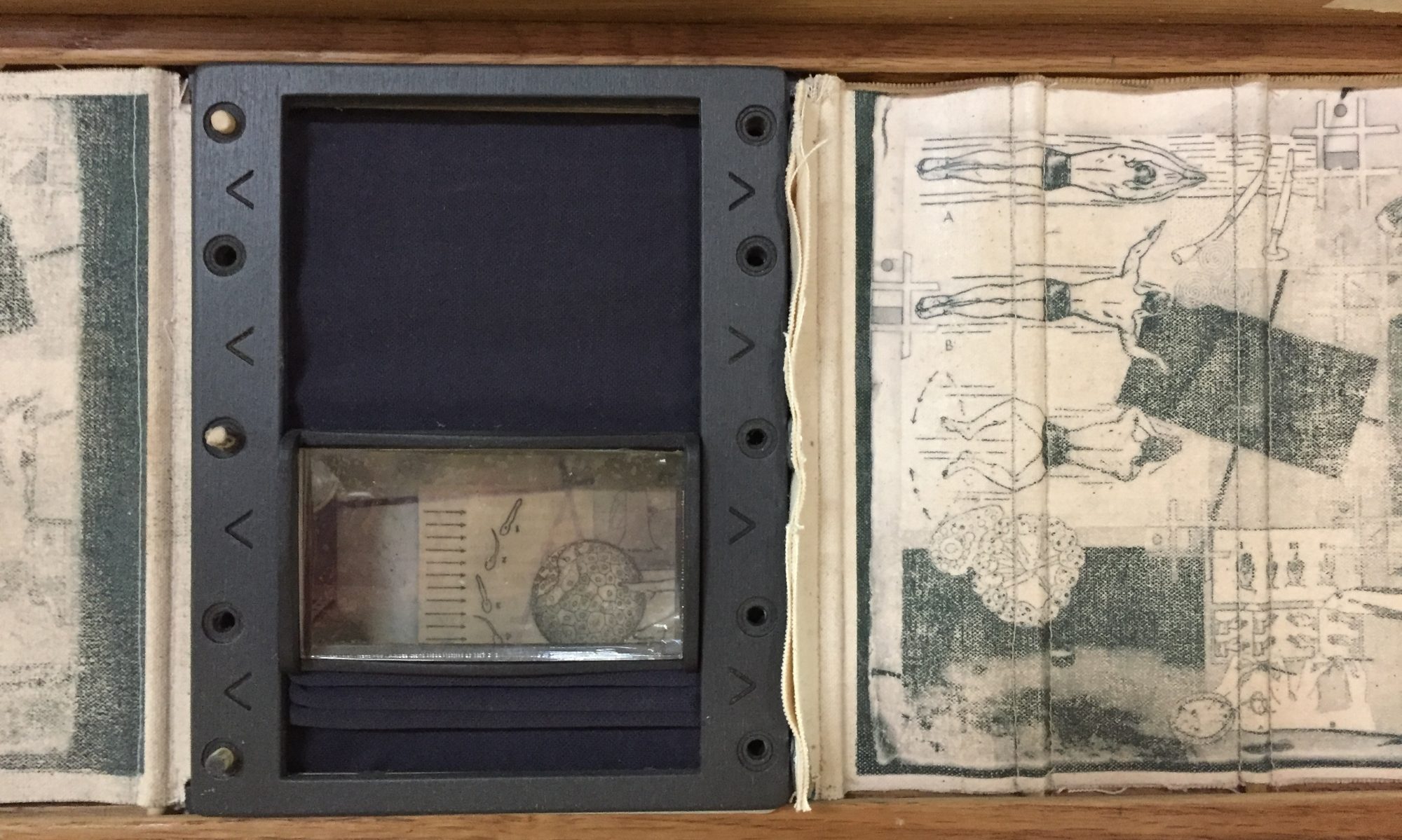Full hemispherical dome projection (aka fulldome) has proven to be an essential form of immersive media. As a rapidly advancing format, fulldome production has, for me, encompassed a wide array of duties: art direction, animation, technical direction,custom code, and vast amounts of experimentation and testing. It has also steadily improved in its overall bandwidth, spatial resolution and clarity, in leaps and bounds throughout its short history, since roughly 1996.
Although one’s visual interpretative skills can eventually adapt a proximal geometrically corrective viewing technique while flat-working on dome-destined graphics, it surely helps to have a physical (full-)dome projection system at one’s disposal.
I am exceedingly fortunate to have been involved with large-scale non-planar projection since my halcyon days of contract work with the Spitz Space Systems‘ “AllSky” and “ElectricSky” partial-dome planetarium dome projection systems development. Regular access to their talents and facilities resulted in myriad interesting animation and visual effects explorations. Production colleagues, like Academy Award winner Garland Stern, rapidly solved some serious maths to get us to where we can now exhibit interactive photorealistic immersive worlds; full dome and in real-time.
Below are mixed bags of experimental shorts produced along the way; some created as art, others as scientific information, and still others as simply systems/features tests. None are displayed here in their original, far higher resolution forms. And, noticeably, are shown in their native polar projection (hemispherical-distorted) format; which does tend to confound normalized human visual comprehension as to what the flat imagery would actually look like projected geometrically corrected onto the inside surface of the dome. Indeed, for the uninitiated, flat-screen viewing may feel like sort of a superfluous, head-scratching undertaking…
Meanwhile, a straightforward graphic explanation of an early approach to 5-camera GLOM rendering for fulldome video production/projection, from Brad Thompson of Spitz, Inc.
Cubic Environment Projection Explained (1997), Bradley Thompson, Spitz, Inc.Toying with human perception and kinesthetics is intrinsic to much of my fulldome production. “Percepts :: Precepts” challenges notional sensations of movement and gravity through immersive sleight-of-hand; designed around illusory antagonisms between elements of attention and/or distraction to gently evince a sense of bodily levity. And it is to the idea that such revolutionary visual-spatial projection technologies can achieve phenomenally unique and powerful alternate ways to tell stories that the final section within “Percepts :: Precepts” speaks: “What once could never be said can now be shown..“
“Percepts : Precepts”; 2005, DomeFest International Festival for Fulldome
Premier: Lodestar Astronomy Center, NM. Domie Award: Best Art Piece
“DomeStateChanges_ver5.1: In A Pig’s Eye” (2003) (below) shows a portion of longer collection of animation vignettes; artful experiments with nascent fulldome‘s special attention direction and control. these early forays helped to more fully develop better grasp of the novel visual language -and limitations- of dome-projected motion imagery.
[FWIW, the title’s “In a Pig’s Eye” references the Ouroboros endless loop-abilities which thread throughout the narrative content of our “Piggy’s Predicament“ suite of media objects.]
“DomeStateChanges_ver5.1: In A Pig’s Eye” (2003); San Diego, Fulldome Showcase Domie Award: Audience Choice /Best of Show
